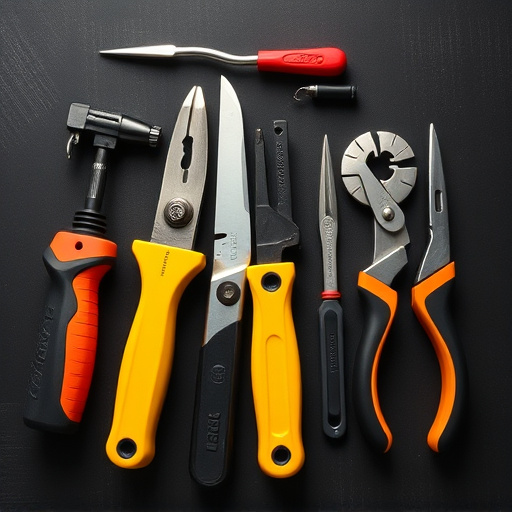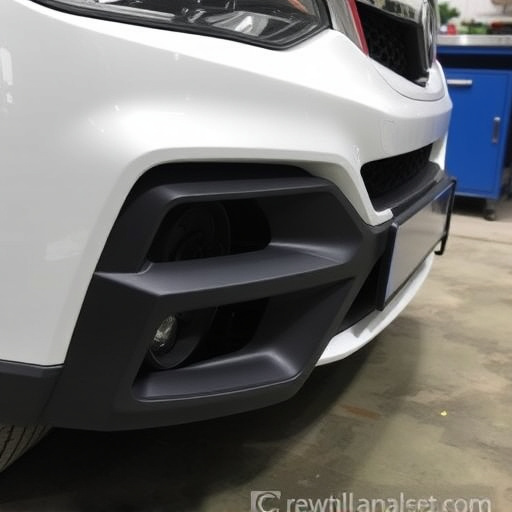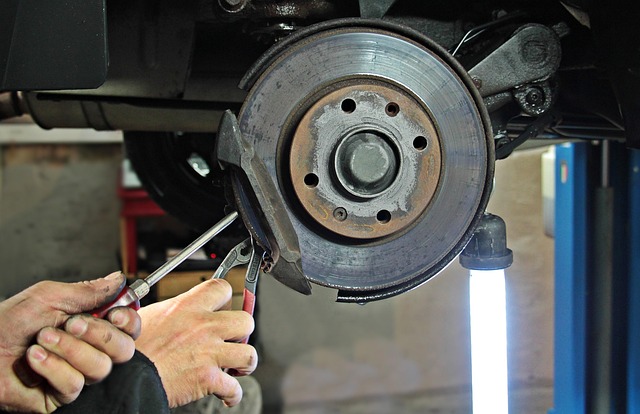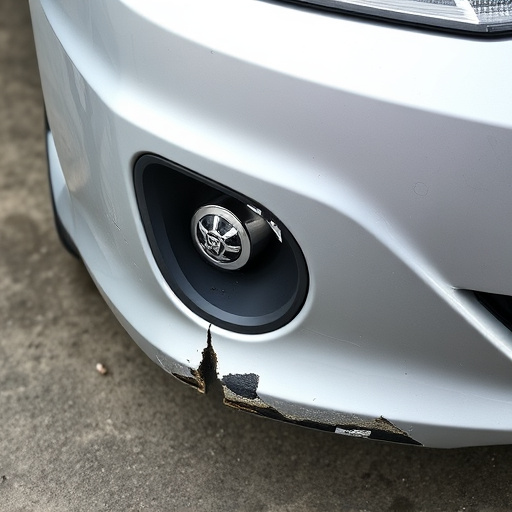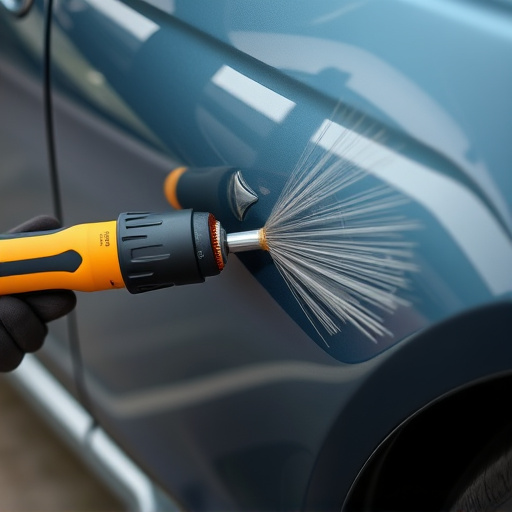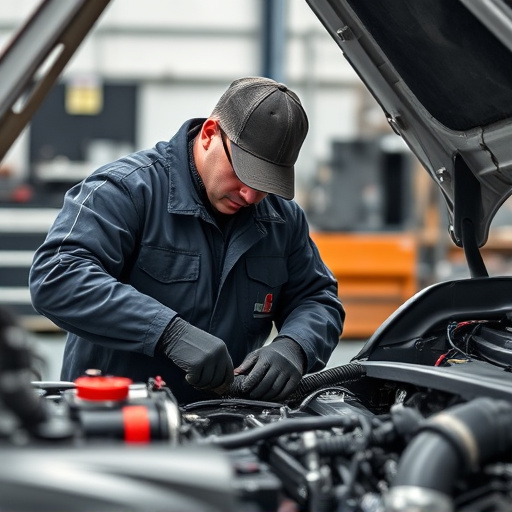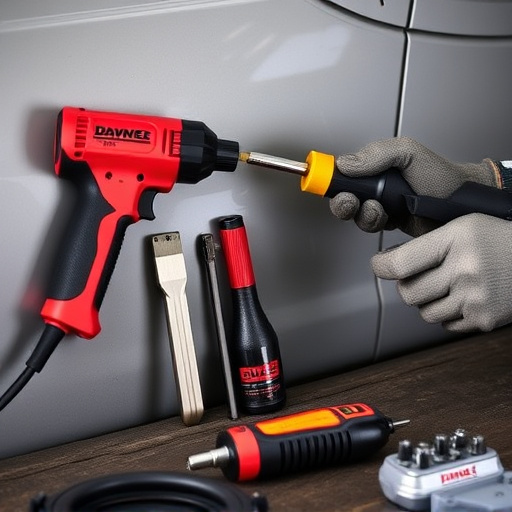Door seals, made of rubber or silicone, are crucial for maintaining optimal climate control in vehicles by preventing hot/cold air exchange. Over time, they can become damaged due to UV rays, extreme temperatures, and frequent use, reducing effectiveness. Timely replacement enhances climate control capabilities, ensures passenger comfort year-round, and prevents temperature fluctuations & fuel economy issues caused by worn seals. Signs of worn door seals include visible wear, cracks, difficulty opening/closing, drafts, hissing sounds, and water seepage. A step-by-step guide offers instructions for replacing door seals, emphasizing preparation, cleaning, and proper tool use for effective installation.
Keep your car’s climate control working optimally with a simple yet crucial task: door seal replacement. These seals play a vital role in maintaining comfortable temperatures and minimizing energy loss, ensuring your vehicle’s heating and cooling systems work efficiently. This article guides you through the process, from understanding the importance of door seals to identifying worn-out components and providing a step-by-step approach for effective replacement, all crucial aspects of automotive maintenance. Learn how this simple fix can significantly impact your car’s overall performance and comfort.
- Understanding Door Seals and Their Role in Climate Control
- Identifying Worn-Out Door Seals: Common Signs and Effects
- Step-by-Step Guide to Effective Door Seal Replacement
Understanding Door Seals and Their Role in Climate Control

Door seals play a pivotal role in maintaining optimal climate control within vehicles. These rubber or silicone gaskets form a crucial barrier between the interior and exterior environments, preventing hot air from entering and cold air from escaping. This simple yet effective mechanism is essential for keeping your car’s cabin at a comfortable temperature, regardless of external weather conditions.
When considering door seal replacement, whether for a Mercedes Benz repair or any other vehicle, it’s important to understand the impact on energy efficiency and passenger comfort. Over time, seals can become damaged, warped, or brittle due to exposure to UV rays, extreme temperatures, and constant opening and closing of doors. A dent repair in the seal may also compromise its effectiveness. Replacing these worn-out seals is a simple yet effective solution to enhance your vehicle’s climate control capabilities and ensure a comfortable driving experience all year round.
Identifying Worn-Out Door Seals: Common Signs and Effects

Many drivers overlook their car’s door seals until they start noticing problems with climate control and energy efficiency. Worn-out door seals can lead to significant temperature fluctuations inside your vehicle, making it harder to maintain a comfortable cabin temperature. This not only impacts passenger comfort but also affects fuel economy as the air conditioning system works overtime to compensate for leaks.
Common signs of worn door seals include visible wear and tear on the rubber edges, cracks or tears in the sealing material, and difficulty opening or closing doors smoothly. You might also notice drafts around the door frames, hissing sounds from the doors, or water seepage during rain or snow. If your car’s interior gets unusually hot or cold quickly, or if you see a significant increase in your fuel consumption, it could be an indication that door seal replacement is necessary, often requiring professional auto body services from a reputable collision repair shop.
Step-by-Step Guide to Effective Door Seal Replacement

Replace your car’s door seals for improved climate control and a better driving experience. Here’s a step-by-step guide:
1. Prepare Your Workspace: Start by cleaning the area around the doors to ensure no debris or old seal residue remains. This preparation ensures a proper fit for the new door seals. Next, gather your tools: a new set of door seals (ensure they’re compatible with your car model), a knife for cutting, and possibly a vacuum cleaner for clean-up. In a well-lit, accessible area of your car repair shop or even in your driveway, lay out the necessary parts and equipment.
2. Remove the Old Seals: Carefully pry off the old door seals using the knife, starting from the top edge of the door. Be mindful of any clips or fasteners that hold them in place; these will need to be removed too. Once released, clean the door frame and remove any remaining seal material with a vacuum cleaner. Ensure the surface is free of grease, grime, or old adhesive residue for optimal adhesion.
Door seal replacement is a simple yet effective step towards better climate control in your car. By understanding the importance of door seals and learning to identify their wear, you can ensure optimal interior comfort and efficiency. The process, as outlined in this guide, is straightforward and can be accomplished with the right tools and knowledge. Take charge of your vehicle’s climate control and enjoy a more comfortable driving experience.

